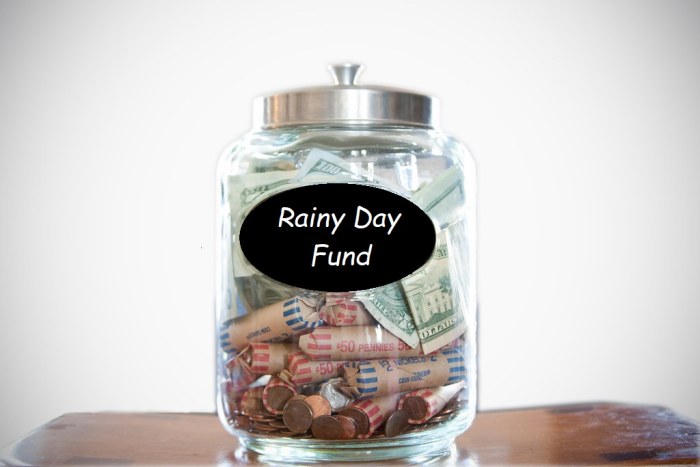Randy Richardson: Iowa’s “rainy day” funds were created with a promise, to be used on a rainy day. Legislators should tap them now to fully fund schools. -promoted by Laura Belin
For the past year Republicans have touted their record-breaking commitment to funding education in Iowa. They have done this despite the fact that State Supplemental Aid only increased by an average of 1.73 percent from 2011 to 2018. That is slightly below the 1.81 percent average annual rate of inflation during that same time period. (School district costs typically rise by 3-4 percent annually.)
When questioned about this disparity, Republicans quickly revert to their consistent talking point that their funding “is responsible, sustainable, and demonstrates that education is a top priority.”
Iowa Senate Education Committee Chair Amy Sinclair continually points out that when Democrats had control of the legislature in 2008 and 2009, Iowa experienced across-the-board budget cuts of 1.5 percent and 10 percent. She neglects to mention, as most all Republicans do, that these cuts were the direct result of the “Great Recession,” not poor budgeting by a Democratic majority.
Now, however, the shoe is on the other foot. Iowa Senate President Charles Schneider recently told the Cedar Rapids Gazette that according to a Moody’s economist who participated in a webinar for legislators from around the country, the economic downturn brought on by COVID-19 and other factors could impact state budgets by 15 to 25 percent.
A reduction in state revenue on that scale would have a huge impact on the budget. Education would likely absorb much of it, because a sizable portion of state spending goes toward that purpose. That same Cedar Rapids Gazette article quoted Senate Majority Leader Jack Whitver as saying it is “to be determined” whether the $85.6 million commitment to K-12 school districts will stand. Earlier this year, the legislature passed and Governor Kim Reynolds signed a bill raising state aid to public school districts by 2.3 percent, which would produce an extra $85.6 million in revenue.
What will happen next is anyone’s guess. The legislature won’t return to work before April 30 and probably not until sometime in May. Appropriators will likely have to start from scratch on the fiscal year 2021 budget. When Iowa’s Revenue Estimating Conference (REC) met in early March–before the coronavirus outbreak was widespread–the group estimated that state revenue was stable. The REC isn’t scheduled to meet again until October, but several legislators have already called for a special meeting so that new estimates can be provided before the budget is drafted.
To avoid a state shutdown, legislators will need to work out a new budget by the end of the current fiscal year on June 30. Iowa is in line to receive a large sum of federal funds as part of the $2 trillion CARES act, but it’s not yet clear whether that will be enough money to plug what will surely be large holes in the state budget.
That leaves one other possible source of funds that could be used for Iowa’s schools. What’s commonly called the “rainy day fund” actually consists of two pots of money: the Cash Reserve Fund and the Economic Emergency Fund. Together, at the close of fiscal year 2019, these two had a combined balance of just over $757 million. While the two funds fall under different laws, it is clear that both can be used for emergencies.
In the past, legislative leaders have hesitated to declare an emergency when budgets got tight. However, this is a unique situation.
Never before in our history has every school in the state been closed. In the last week of March, Iowans filed nearly 60,000 new unemployment claims. Tyler Jett reported for the Des Moines Register that in the second half of March, Iowa saw “a combined 99,405 unemployment claims, far exceeding the combined 64,600 jobs it lost from May 2008 to January 2010, the height of the recession.” Most businesses in the state are shut down, and many people still employed are working from home. All of this is happening and we still haven’t reached the peak of COVID-19 infections.
If this doesn’t fit the definition of a statewide emergency, I don’t know what will. Legislators need to remember that these “rainy day” funds were created and filled with taxpayer money with a promise that this money would be used on a rainy day. Right now it’s pouring in Iowa, and there is no end in sight to the deluge. Let’s honor the school funding legislators already passed and the governor already signed.
Top image: “Retirement Jar” by American Advisors Group is licensed under CC BY-SA 2.0.

